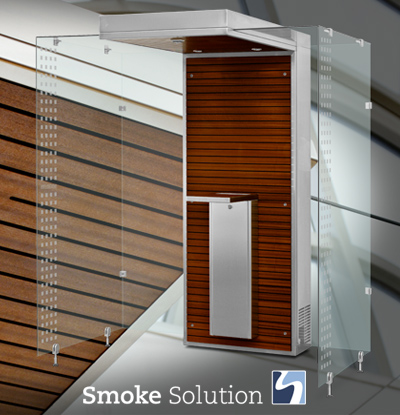It is essential to have cleaner air in the workplace building. You can use an air purifier, which is capable of cleaning and filtering the air in the room. Use a HEPA 14 air purifier to minimize the number of hazardous particles like as viruses and germs in the air. You can minimize the spread of Covid-19 in your office building by investing in an air purifier.
It’s critical to maintain your workplace space clean and secure. By implementing the above suggestions, you may help employees feel more at ease and preserve their health, which will increase their job performance.
BETTER INDOOR AIR QUALITY IN THREE EASY STEPS
The United States Environmental Protection Agency has announced broad results on the best approach to clean up harmful indoor air utilizing this three-step process.
1. TAKE COMMAND OF THE SOURCE.
The first step is to have a better knowledge of how pollution gets into your home.
To put it another way, the more you know about the exact pollutants in your area, the more you’ll be able to design a remedy to your unique air quality issue.
Many of the sources of indoor air pollution that exist today are ones that we have introduced. Some are simpler to manage than others (for example, if you use a wood stove or indoor fireplace, even the best exhaust vent may not remove all combustion by-products).
Toxins are also introduced through cleaning supplies, perfume or body spray, craft adhesives or glues, new furniture off-gassing, tobacco usage, and other sources.
There are two main ways to figure out what’s contaminating your indoor air.
Simple observation is the first and most obvious approach. You may take a peek around your house to see what’s going on.
Is there someone in your family that smokes or vapes at home? Do you use air fresheners or light candles? Can you pronounce any of the chemicals on the sanitizing spray bottle? Do you have any hobbies that necessitate the use of glues, adhesives, paints, or other chemicals?
Air testing is the second approach.
Depending on the sorts of toxins you’re searching for, there are a number of air testing available. Some geographical regions, for example, are known to produce more radon gas than others.
There are also certain tests that can assess your indoor air in detail and provide you with a full list of indoor air contaminants.
For a variety of reasons, including stress, time, expense, and accuracy, we usually recommend opting for option B and doing a single thorough indoor air quality test.
2. IMPROVE THE AIRFLOW.
The second important step in enhancing indoor air quality is to prevent it from becoming too stale.
The oxygen in your home’s air is depleted when it grows stale. At the same time, pollution levels grow due to a lack of fresh air.
Natural ventilation in older homes is usually accomplished by the use of tiny fractures and leaks in the structure.
This is no longer the case with new-construction structures, as worries about dwindling natural resources have grown and we have reached the era of airtight construction. These structures can be so airtight that no fresh air can get in!
In any area, whether old or new, there are two basic techniques for increasing indoor ventilation.
The first method is as simple as opening a window or door in the days before air conditioning. However, this is only practical in milder weather, and even then, it may not be optimal for a variety of reasons.
The second option is to add mechanical ventilation – or, to put it another way, a set of artificial lungs. For this job, the heat recovery ventilator, or HRV, is the best instrument. HRV installation is now required to fulfil Toronto building rules due to increased airtight construction standards.
3. PURIFY THE AIR
Actively cleaning your indoor air is the third important step in enhancing your indoor air quality. This task may be accomplished with a variety of tools.
Here’s when the findings of your indoor air quality test come in helpful. You can better match the air cleaners you choose to the tasks at hand if you understand the main causes of pollution in your environment.
Because each air cleaner tackles a distinct set of indoor air pollution sources, we recommend two of them.
Solid (particulate) contaminants are dealt with by the HEPA filtration system. Although these airborne micro-particles are difficult to detect with the human eye, they may be felt through a variety of health complaints ranging from wet eyes to brain fog.
HEPA filters are capable of catching and trapping floating particles as tiny as 1/100th of a human hair!
In contrast, the UV air purification system targets both gaseous and liquid contaminants. You won’t see these airborne contaminants, like solid microparticles, but you will feel them in your scratchy throat and hurting head.

Smoke Cabin
Smoke Solution develops a set of efficient filtering system that can remove most of the airborne pollutants. There is an automatic motion sensor installed in each of the cabin and alternatively regulates the speed of the filtering system according to the movement inside the cabin. For their filters, Smoke Solution uses its own produced CO 2 neutral coconut charcoal. The harvest of the coconut shells is in a sustainable manner, without posing any harm to palm trees, animal habitats or the environment.
The ashtrays of the smoking cabins are fireproof and self-extinguishable. Lighted cigarette thrown into the ashtray will be extinguished and thus remove the risk of fire. Smoke cabins are modular and freestanding, they can be resized and relocated to fit in different locations, and follow the user patterns.